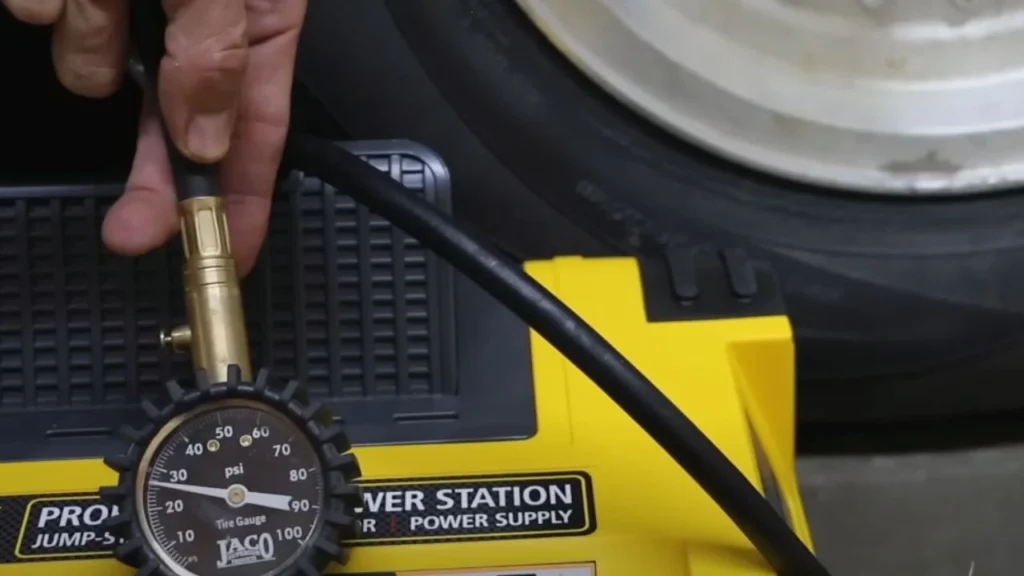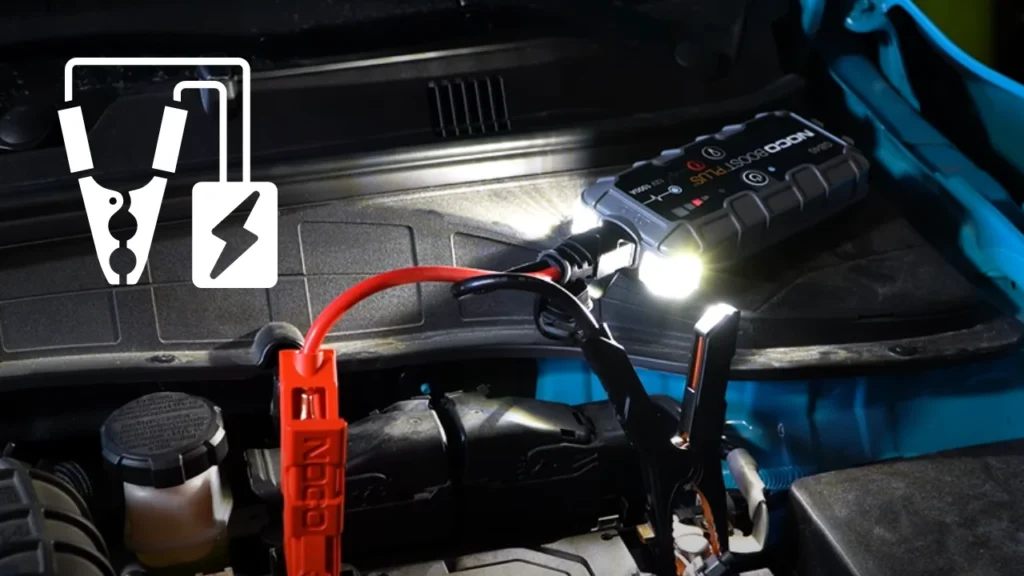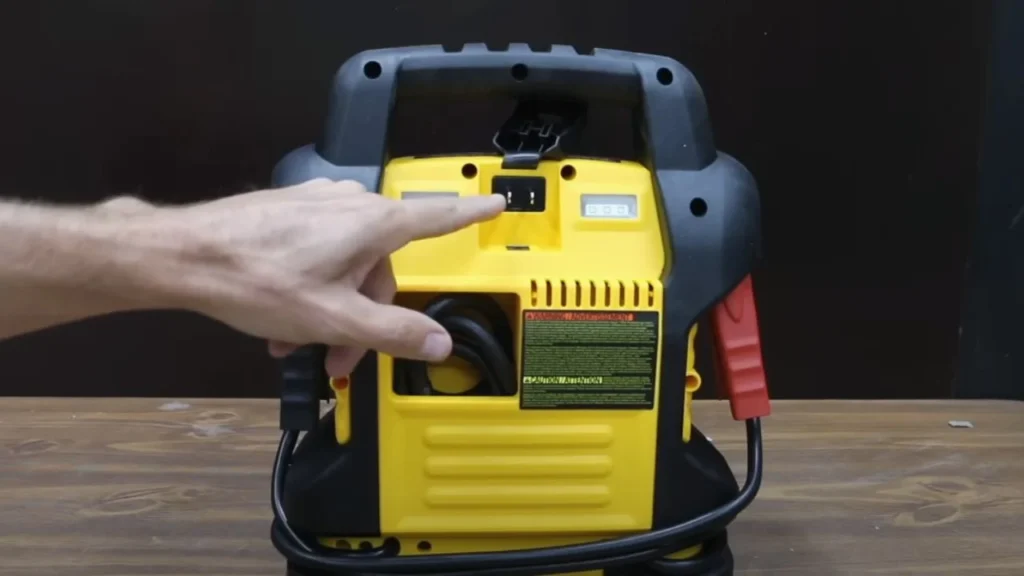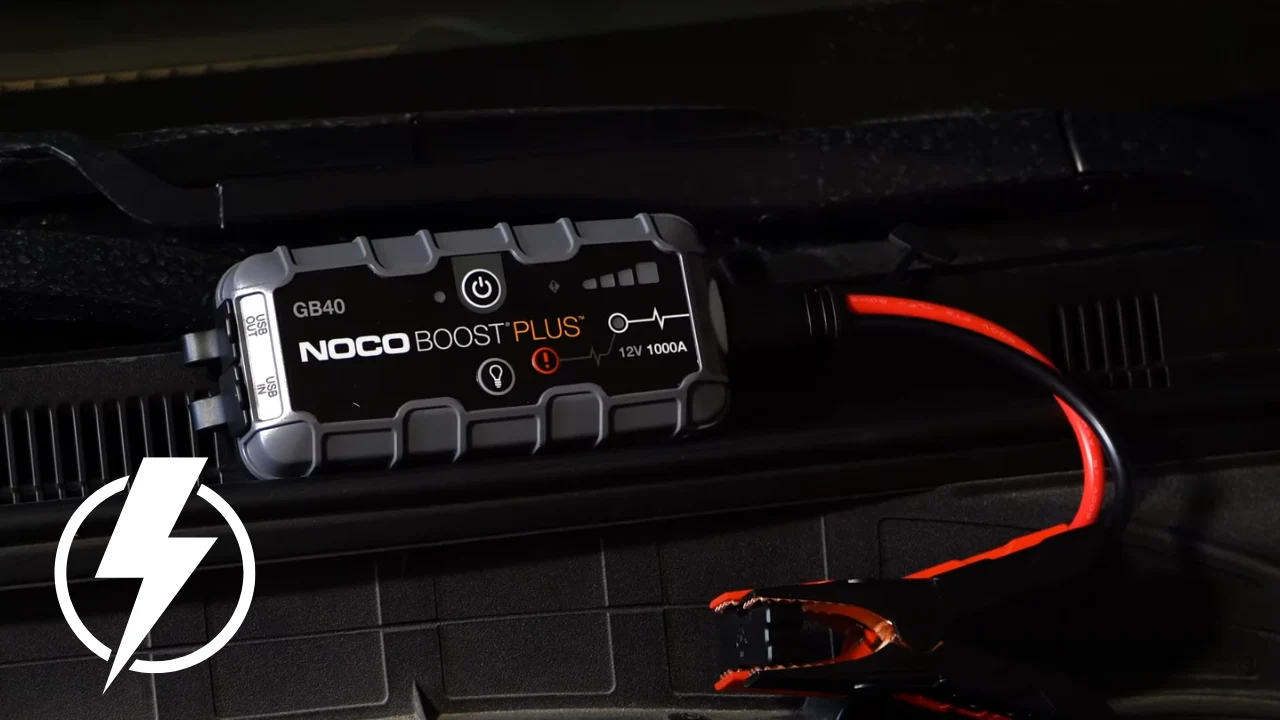When it comes to jump starters, the power really matters. and what is a good power for a jump starter? If you drive a smaller car, like a sedan or compact, 400 to 600 amps might be all you need. But for bigger vehicles, such as trucks, you’ll need around 1,000 to 2,000 amps to ensure you’re not left stranded. Learn about the amps thoroughly in this guide. How many Amps are needed to jump start a car?

Another important factor is how often you’ll use it. A solid jump starter should give you multiple uses per charge, especially if it’s rated around 1,500 peak amps. Bonus features like USB chargers and flashlights are handy extras that can save you in emergencies.
Powers in Jump Starters

When I was choosing my first jump starter, the terms “peak amps” and “cranking amps” really confused me. It turns out cranking amps (CA) are what matter most. These amps measure the continuous power the jump starter provides to the engine, while peak amps are just the highest short burst it can offer.
Cranking Amps (CA)
Let’s start with Cranking Amps (CA). This measures how much consistent power a jump starter can deliver to your engine, which is super important. If your car battery is dead, you’ll want a jump starter with at least 400 CA for small cars. For larger engines, like SUVs or trucks, aim for around 800 CA or more. This is the power you need for real, everyday starts, not just short bursts.
Cold Cranking Amps (CCA)
In colder climates, Cold Cranking Amps (CCA) are what you should focus on. CCA tells you how much power your jump starter can produce at 0°F, which is critical when the engine oil thickens in cold weather. For example, if you’re living in a place like Michigan, you’ll want a jump starter with at least 500 CCA to start a regular car reliably in freezing conditions. Diesel engines? They might need as much as 1,500 CCA.
Peak Amps (PA)
Now, let’s talk about Peak Amps (PA). This is the maximum amount of power a jump starter can deliver, but only for a few seconds. It sounds impressive, right? But here’s the thing: peak amps are a marketing number. For example, a jump starter might boast 2,000 peak amps, but this isn’t what’s going to help your engine turn over in the long run. Peak amps are useful for those initial few seconds but don’t help much beyond that.
Cranking Amps (CA) vs. Peak Amps (PA)
So, Cranking Amps (CA) vs. Peak Amps (PA)—which one really matters? It’s CA all the way. While PA might look cool on the box, it’s the Cranking Amps (CA) that do the heavy lifting. Peak amps might help in the first second or two, but without strong CA, your engine might not turn over at all. This is especially true if your battery is really drained.
Determining the Right Power for Your Vehicle
When it comes to jump starters, not all vehicles have the same power needs. You need to figure out what’s right for your ride.
Power for Small Cars
Let’s dive into the juicy part—figuring out the right power for your vehicle when picking a jump starter! Trust me, not all cars are created equal. For smaller cars, like your standard sedan or hatchback, you’ll need around 400 to 600 amps. This is more than enough power to get you back on the road if the battery’s gone flat.

Power for Larger Vehicles
But what if you’re driving a bigger beast, like an SUV or a truck? In that case, you should be looking at a jump starter with 800 to 1,500 amps. These larger vehicles have bigger engines, and that means more power is needed to crank them up. Remember, diesel engines usually demand more power—sometimes up to 2,000 amps!

Know here, how many amps are needed to jump start a V8?
Diesel Engines and Cold Weather
Diesel engines are a different ballgame altogether. Because of their higher compression ratios, they need more starting power, especially in colder weather. If you have a diesel vehicle, aim for at least 1,500 to 2,000 amps in your jump starter to be safe. So, if you’re wondering “what is a good power for a jump starter” for different engine types, now you know the numbers to keep in mind!
External Factors That Affect Power Needs
When it comes to jump-starting a car, the power required can change depending on the weather. For instance, in colder climates, you’ll need more cranking amps. It can take around 500-600 amps to start a car in freezing weather compared to 300 amps in normal conditions.
Temperature and Power Needs
The power you need to jump-start your car can change dramatically with the weather. In cold climates, around 500-600 amps may be necessary to get your car running, compared to 300 amps in milder conditions. The cold thickens engine oil, making it harder for the engine to turn over.
Importance of Cold Cranking Amps (CCA)
Cold Cranking Amps (CCA) matter most when temperatures dip below 0°F. CCA measures how well a jump starter can function in freezing weather. In these conditions, a jump starter with 1,000-1,500 CCA is ideal for cars that need extra power due to thick engine oil.
In warmer areas, CCA is less critical, and a unit with 400-600 amps might be sufficient. When choosing your jump starter, focus on CCA if you live in cold climates, especially for diesel engines. It’s more reliable than peak amps when it comes to real performance.
Battery Condition and Power Demand
The age and condition of your car’s battery can affect how much power is needed to jump-start it. An older battery may require 20% more amps compared to a newer one. For instance, a weak battery might need 600 amps instead of the usual 400.
Choosing the Right Type of Jump Starter

When it comes to choosing a jump starter, there’s a lot to consider. One major decision is between lithium-ion and lead-acid types. Now, let me tell you, lithium-ion jump starters are super light, and trust me, that’s a huge advantage if you’re carrying it around regularly.
Power and Weight Comparison
On the flip side, lead-acid jump starters, although heavier, pack a punch. They’re more powerful, often delivering 1,000 to 2,000 amps, which makes them perfect for bigger engines or cold weather.
If you’re wondering “what is a good power for a jump starter,” consider your vehicle’s size. For example, an SUV might need at least 1,500 amps, while a compact car could do fine with 600 amps.
Portability and Practicality
Portability matters too. If you’re someone who’s often on the go, lithium-ion is your best bet. These jump starters are compact enough to easily store in your glove compartment or backpack. Lead-acid models, while heavier, are better for your garage or if you don’t mind extra weight in the trunk.
Additional Features to Consider
Let’s be honest—having extra features on a jump starter can really save the day. One of my favorite features is the built-in USB ports. Many jump starters, like the NOCO Boost Plus GB40, come with dual USB ports, allowing you to charge devices on the go. That’s a lifesaver when your phone’s down to 10%!
- USB Ports for Device Charging
Let’s be honest—having extra features on a jump starter can really save the day. One of my favorite features is the built-in USB ports. Many jump starters, like the NOCO Boost Plus GB40, come with dual USB ports, allowing you to charge devices on the go. That’s a lifesaver when your phone’s down to 10%!
- Reverse Polarity Protection
Another essential feature is reverse polarity protection. Trust me, no one wants to accidentally connect cables the wrong way and fry their battery. The good news is most jump starters, especially the ones with 1,000 to 2,000 amps, include this feature as standard. That’s one less thing to worry about!
- Built-in Air Compressors
I also love units that come with built-in air compressors. For example, the POTEK jump starter features a 150 PSI air compressor, perfect for inflating tires on the spot. If you’ve got kids like me, it’s also great for quickly pumping up bike tires and balls. Isn’t that handy?
- LED Flashlights
But let’s talk flashlights. Most modern jump starters include LED lights, which can be a game changer during nighttime emergencies. The NOCO Boost Plus, with its 7-mode flashlight, is a perfect example. Whether you’re stuck on a dark road or need a quick light source, these come in clutch.
Final Words
When choosing what is a good power for a jump starter, I personally recommend focusing on amps. For small cars, around 400-600 amps should work, while larger vehicles might need 1,000+ amps. With so many options like lithium-ion and lead-acid, always factor in engine size, climate, and battery health.
Remember, a solid jump starter can save you in emergencies, and features like reverse polarity protection offer extra peace of mind. So, consider your vehicle’s needs and get a reliable jump starter!
